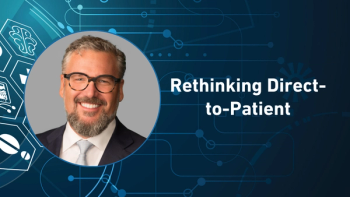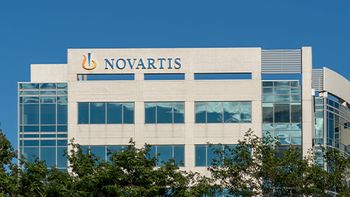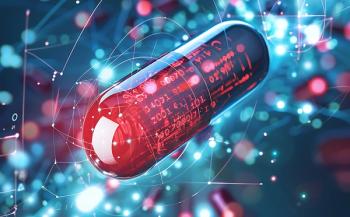
Getting Unstuck on the Path to Digital Transformation
The transition to AI and machine learning was well underway long before ChatGPT burst onto the marketplace; however, organizations were, and still are, constrained by data challenges.
As the leader of an R&D scientific software company, it has become increasingly apparent to me that the following trends emerging in the field are impacting R&D for life sciences:
- A growing emphasis on integrating data science with traditional bench science.
- The importance of demonstrating how software solutions contribute to a more predictive and generative AI future.
- Increasing implementation of company-wide initiatives to improve interoperability between software providers and break down data silos.
- The adaptation of a multimodal approach to drug discovery.
These trends are accelerating, primarily driven by the explosive growth of data in life sciences. By 2025,
We know the field is progressing toward an AI-enabled future. The transition to AI and machine learning was well underway long before ChatGPT burst onto the marketplace; however, organizations were, and still are, constrained by data challenges. Unlike many other industries, life science companies face a couple of unique challenges that threaten to impede their ability to progress along what, for other industries, has become a predictable transformation path.
First, although there have been some attempts, life sciences lack agreed upon industry standards that have realized mass adoption. Instrument companies and software vendors aren’t incentivized to improve interoperability because interoperability leads to commoditization.
Second, the ecosystem is highly fragmented. We’ve seen in other industries that typically once a single company has enough control of the data in the market, they're able to influence interoperability.
Yet, in life sciences no single company controls enough of the data to force alignment. As a result, change and progress is particularly arduous.
Overcoming the hurdles toward digital transformation
Nonetheless, we are all collectively investing in the promise of an AI-enabled, multimodal future. And the reality is that whoever gets the best insights from the most comprehensive data fastest will thrive. Even just a few years ago, if we asked our customers why they bought R&D software, the usual answer was about efficiency and productivity, i.e., how do you spend less money trying to discover new therapies?
Today that answer has shifted, some. Efficiency remains critical, but equally important is the ability to drive toward AI. Whether your domain is pharmaceutical therapies, materials, or agriculture, support is needed for companies that are focused on reversing the downward trend of ROI in scientific research.
We think about that digital transformation journey toward achieving predictive and generative insights on a spectrum in three primary phases: Foundational, Transformational, and Aspirational.
Many companies sit in one of the first two phases. Most are “foundational,” they do the basics brilliantly, such as simplifying the application landscape and workflows and doing digital data capture. That means simply using software, moving off a pen and paper or spreadsheet and using software in its place.
While the data might not be structured correctly, you have an understanding that software is necessary to derive efficiency. That's where change begins.
Some companies are in the “transformational” phase, having recently implemented or are in the process of implementing a platform to harmonize all their data, and perhaps are even starting to achieve analytical insights as a result. But it’s here in this early transformational phase where most companies get stuck.
The challenge is that without a harmonized data platform, you cannot get insights at scale from that proprietary data. Much of the industry struggles with complex, massive, yet isolated data points from applications and instruments. Bringing all of these data points together between applications into a workflow will likely consume much of the next few years.
And that’s a big problem, because beyond your people, it is understood that customers' number one asset is their proprietary data. These data come from years of experience and knowledge gained in the discovery process and it’s what separates a company from their competition.
Ultimately everyone is moving toward the “aspirational” phase—first achieving lab automation, then starting to utilize AI to gain new insights in research, and ultimately, performing in silico methods, and simulations. It’s this phase that we so commonly hear our customers say that they need help from the right technology partner to get there, to address those data silos, interoperability, and workflow problems.
Looking Ahead
Whatever the approach, the future of R&D in life sciences holds tremendous potential but it’s clear digital transformation is critical to help unlock innovative solutions and services to enable a more economically efficient future.
About the Author
Thomas Swalla is the CEO at
Newsletter
Stay ahead in the life sciences industry with Pharmaceutical Commerce, the latest news, trends, and strategies in drug distribution, commercialization, and market access.





